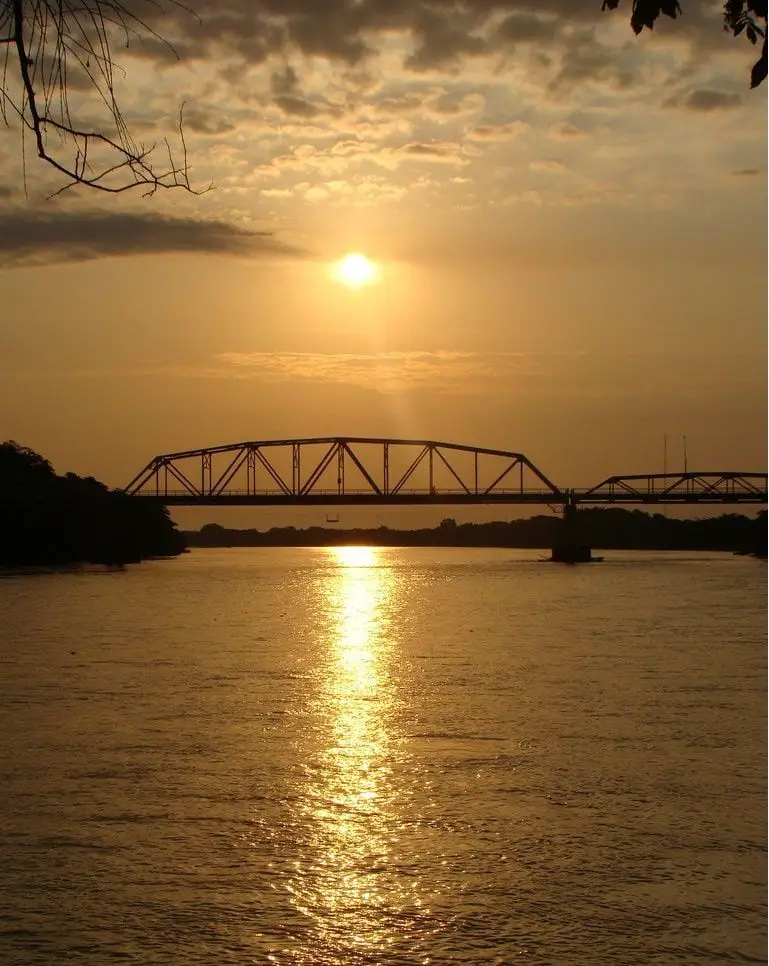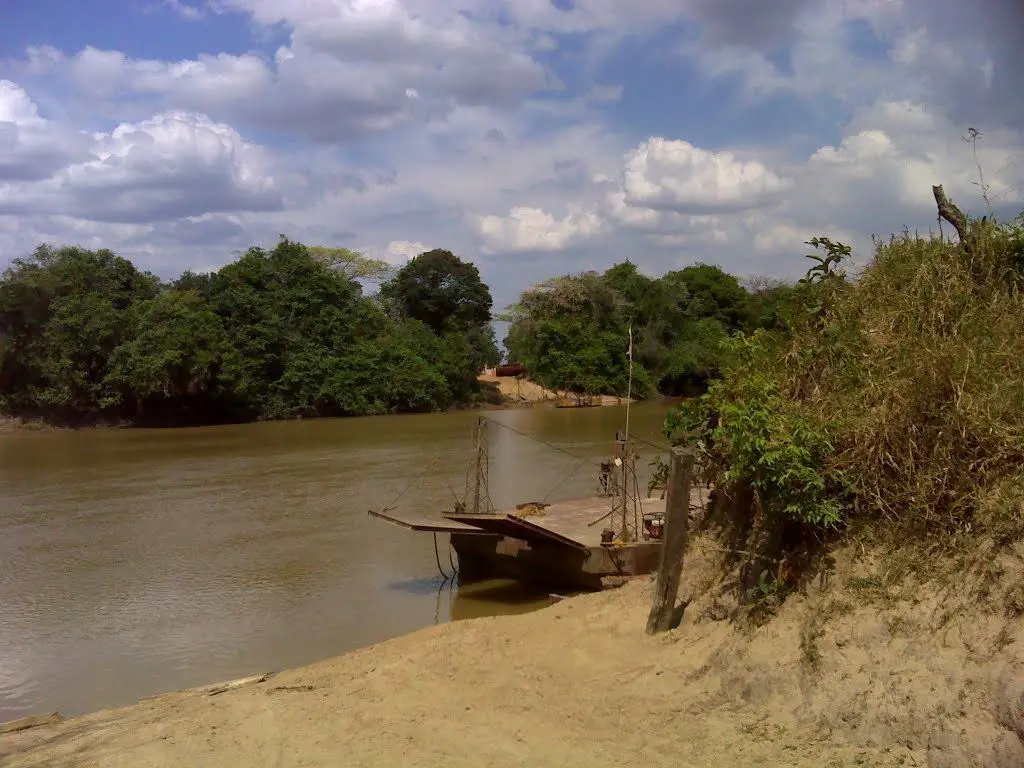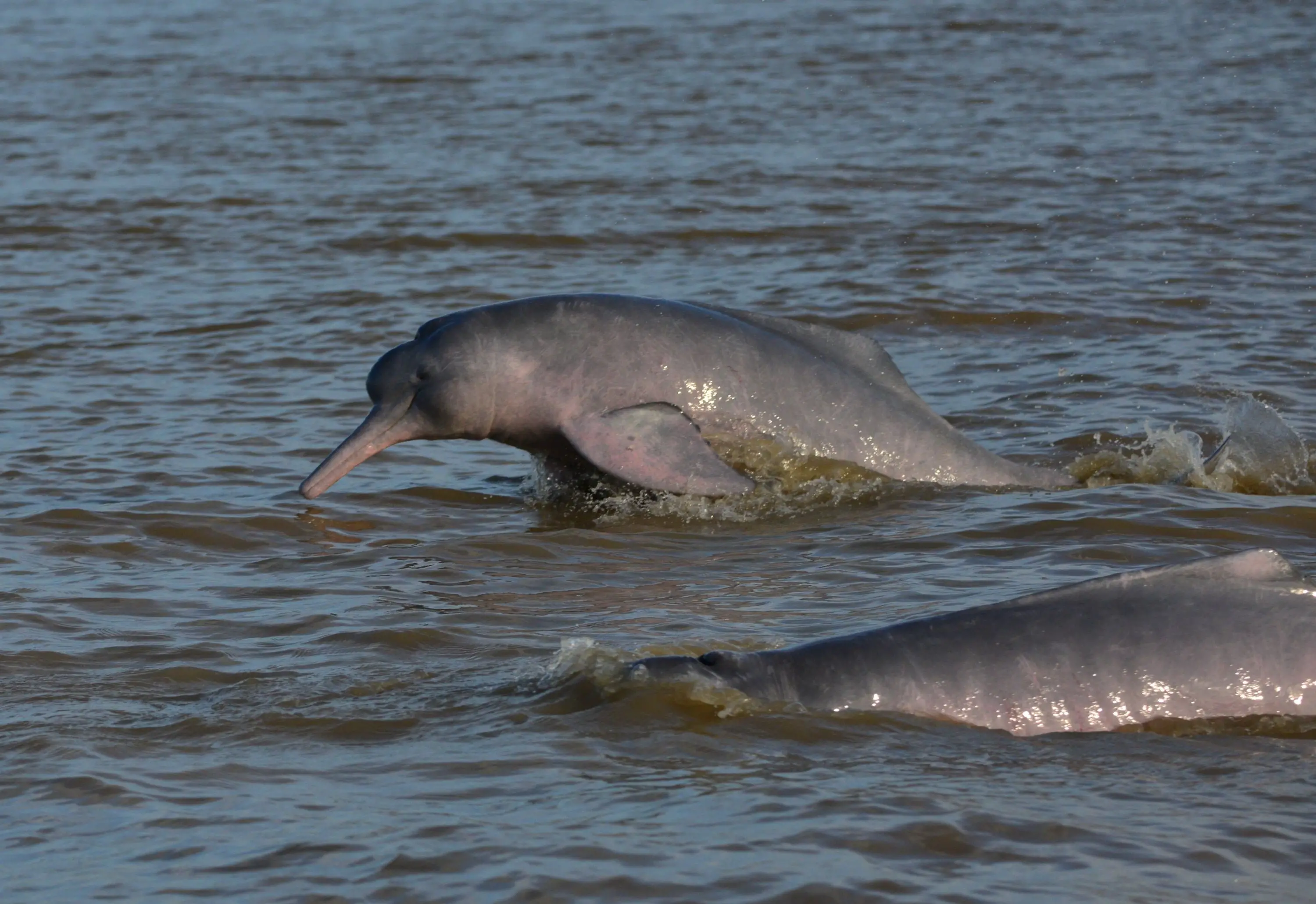Venezuela’s Arauca River serves as a natural highway between Venezuela and neighbouring Colombia, with which it shares a large border.
This river has its guardians, who are none other than the inhabitants of its banks, on the Colombian side the city of Arauca and on the Venezuelan side the city of El Amparo.
Location of the Arauca River
Where does the Arauca River originate? To answer this question, the source of the Arauca River is in Colombia, and in the same way we need to know where the Arauca River joins the Orinoco River in Venezuela, and after starting its journey in Colombia, the Arauca River joins the Orinoco River in Venezuela.
In the map of the Arauca River below, we can appreciate its displacement, source, mouth and the exact location of the Arauca River. Among the rivers of the plains, it is known as the most popular river. Along its course, in the upper part of the river, it is called by different names. One of these is the Chitagá River, which rises at an altitude of four thousand metres, very close to the Nevado del Cocuy.
It then changes its course to the east, receiving the gift of the Culaga and Bochaga rivers, changing its name to the Margua River and receiving the Negro, Colorado and San Lorenzo rivers.
On the right, its tributaries are the Río Cubugón and the Cobaría, which come from the Sierra Nevada de Chita. This stretch is called the Sarare by the Tunebo Indians.
When it reaches the plain, it forms the island of Charo, a centre of wealth due to its fertility.
The Arauca River forms the border between Colombia and Venezuela, a good 296 kilometres long, where it receives the Róyota, Bojabá and Banadía Rivers on the right, and the Cutufí River on the left (see article: Caqueta River).
Its banks belong to the respective countries: the Arauca River in Venezuela belongs to the state of Apure and that of Colombia to the department of Arauca.
The banks of the river are inhabited by the Betoyes Indians, known as the Araucanos because of the name of the river, who lived on its banks until the 19th century. It is important to note that they are not the same people and should not be confused with the Araucanos of Chile or the Arawaks who live at the mouth of the Orinoco. The headwaters are still inhabited by the Indians known as the Tunebos.
Arauca River, Colombia
Technically speaking, the Arauca River is Colombian because it originates in Colombia but flows into Venezuela through the majestic Orinoco. In its course, the Arauca River forms a border or a dividing line that defines the border zone of each country, so that each bank corresponds to each country.
In Colombian territory, the Arauca River divides and forms an arm that forms the Agua Limón Canal, a canal of great importance to Colombia.
The Arauca River has a length of 1050 kilometres, of which about 80% is navigable by small boats.
Although it is a majestic river of great importance to both countries (Colombia and Venezuela), the Arauca River has not escaped pollution, and on several occasions its waters have been turned black by the spillage of crude oil due to the failure or explosion of an oil pipeline.
This has caused great mortality among the flora and fauna that inhabit these waters, resulting in food shortages for the inhabitants of the surrounding area.
On the banks of the Arauca River are the rafters, who transport people from one side to the other in their mostly handmade rafts.
Watch a video of the spectacular scenery that can be seen when crossing the river by raft or canoe.
During this expedition, between Colombia and Venezuela, they found more than 250 dolphins and 136 species of birds. Although the river is used for illegal purposes (smuggling), it also brings many benefits to the inhabitants of its banks.
The Arauca River has been found to have the largest population of the endangered caiman, with more than 200 adult specimens.
All these contributions that the Arauca River makes to our ecosystem do not exempt it from exploitation, regardless of the impact and damage it causes. It has been affected by the large number of mining concessions.
Hydrocarbon extraction is another factor affecting the river basin, with around eight million hectares under exploration, which is an alarming amount.
In spite of all this, nature is very wise and has been able to recover from all this and even more to protect so many species, including several endangered ones, such as the Commerson’s dolphin and the caiman, among many others.
Fishing is the main source of income for the people who live along the banks of the river, and the researchers on the expedition have made the following proposal for the protection of the Arauca River’s fauna:




